Local Website

WHAT IS IT?
Museum dedicated to the history of the United States Department of Interior, the Cabinet department responsible for the administration of the National Park Service.
BEAUTY (4/10)
The Museum lives on the first floor of a federal office building, not exactly a good aesthetic sign.
Once inside the automatic glass doors, the Museum is nicely laid out, with a lot of open space and room to move between dioramas and displays, many of which feature maps and kitschy artwork from the museum’s and the Department’s early days.
HISTORICAL INTEREST (6/10)
Completed in 1936, the DOI building was the first building built by the FDR administration. From that point on, every National Parks and Department of Interior decision ostensibly occurred here. This may not be a particularly glamorous history, but the federal bureaucracy is what gets things done. Right?
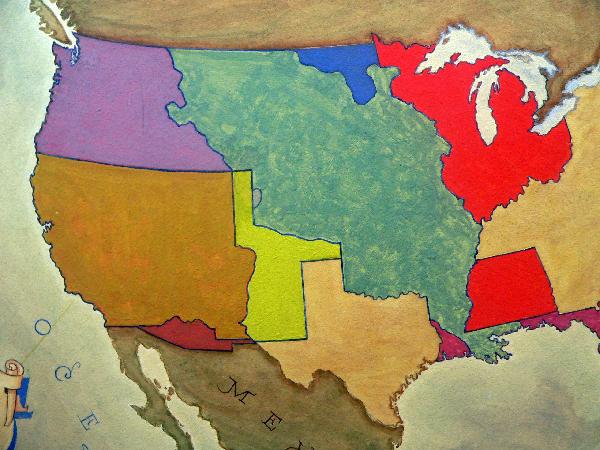 CROWDS (6/10)
CROWDS (6/10)We were the only visitors to the Museum. Most likely a good thing since we vocalized our opinions about nearly every exhibit.
EASE OF USE/ACCESS (2/5)
The DOI Museum is located at the corner of 18th and C Streets NW, four blocks to the southwest of the White House or five blocks south of the Farragut West Metro station. Good luck trying to find parking within the restrictive metered mélange of 15-minute parking, diplomat-only parking and reserved for VIP parking. Spaces can be found, but good luck.
Getting into the Museum is a more arduous process than most DC landmarks. We waited for about 10 minutes to sign in at the front desk as an official visitor. After passing through the metal detectors, we had to wear an ID badge and restrict our movement to the bookstore and museum. None of this was unexpected or a problem; federal security restrictions are stringent nowadays.
FYI, if you want the NPS Passport stamp you either need an escort to travel to the 7th floor or (not sure how Gab pulled this off) need to have the 7th floor escort bring the stamp to the DOI entranceway where they will stamp your book. We never traveled up to the 7th floor which, we later read, holds copies of every single National Park Site brochure. Just thinking about that bounty elicits Pavlovian dog levels of drool.
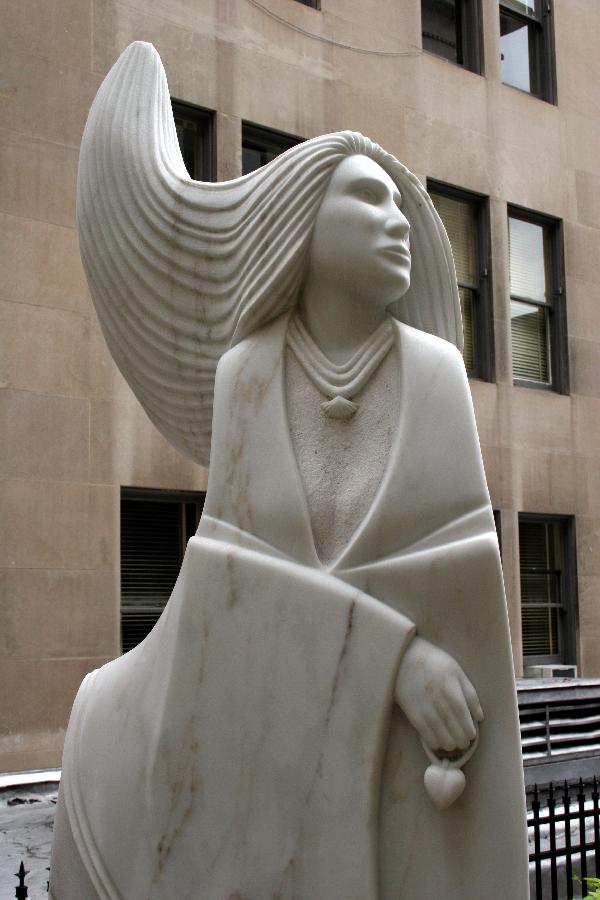 CONCESSIONS/BOOKSTORE (5/5)
CONCESSIONS/BOOKSTORE (5/5)Not many sites can boast a registered historic landmark as their bookstore. The Indian Craft Store lies just across the hall from the Museum and serves as the Site’s bookstore and showcase for Native American arts and crafts from across the nation. The shop has existed in this location since 1938 and owes its landmark status to wall murals painted by Native American artists Allan Houser and Gerald Nailor.
Its small size is deceiving. The Store’s phenomenal cache of books related to every Native American craft and its graceful Sculpture Garden (all works are for sale) are not immediately apparent. Every possible display space is used yet the Craft Store does not feel cramped.
If you need to take a crash course on artwork indigenous to North America, come here. And bring your wallet. We could not leave without buying at least a magnet.
COSTS (4/5)
Entrance to the Museum and Craft Store are free.
RANGER/GUIDE TO TOURIST RATIO (1/5)
Would you believe us if we told you we saw no Rangers at the Department of Interior? Of course, we didn’t venture up to the Park Headquarters on the 7th floor. Like we said, you need to request a personal escort for that. And we couldn’t decide what we would do once we got up there.
TOURS/CLASSES (8/10)
Guided tours of the Museum and other parts of the Department of Interior building are available by appointment (202-208-4743). But we found the Museum to be self-explanatory. This museum is dedicated to interpreting how the Department of Interior has interpreted its constantly changing role in the formation of America.
Most of the museum’s ten galleries offer modern presentations of the dated displays which hung in the museum when it opened in the 1930s: these are, essentially, museum exhibits explaining what the museum exhibited.
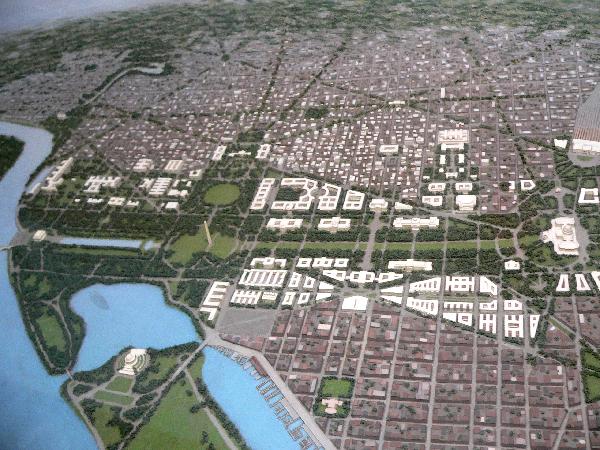 This blend of 1930’s style dioramas and dated data with changing modern exhibits is familiar to us; we have seen it in many of the NPS Visitors Centers that are in the process of updating their displays. This process is usually long and drawn out since it is dependent upon federal funding. The difference, however, is that once the VCs acquire the needed money, it is understood that the old stuff will probably end up in a closet somewhere, not part of the new exhibit.
This blend of 1930’s style dioramas and dated data with changing modern exhibits is familiar to us; we have seen it in many of the NPS Visitors Centers that are in the process of updating their displays. This process is usually long and drawn out since it is dependent upon federal funding. The difference, however, is that once the VCs acquire the needed money, it is understood that the old stuff will probably end up in a closet somewhere, not part of the new exhibit.Maps of western expansion, projected plans and blueprints for dams and mines and explanations of the evolving U.S. presence in territories like Guam and the Marshall Islands mesmerized us. Do you know into how many places the Department of Interior reaches its fingers? It is no accident it is called the “Mother of all Departments.”
FUN (8/10)
Gab could have spent several more hours in the Museum’s air-conditioned halls, but then again she reads much slower than Michael.
The Museum’s guest book documents the range of responses it elicits from its limited number of visitors: “Fascinating!” “boring!” “A hidden treasure!” “VERY boring.” Looks like not everyone finds it as interesting as we do.
WOULD WE RECOMMEND? (3/10)
Only if you are captivated by the infrastructure of the federal government or are finishing a two-year journey of 380 National Park Sites under the purview of the Department of the Interior.
TOTAL 47/80
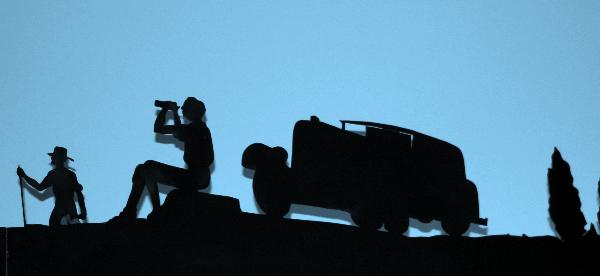
www.usa-c2c.com
© 2004-06
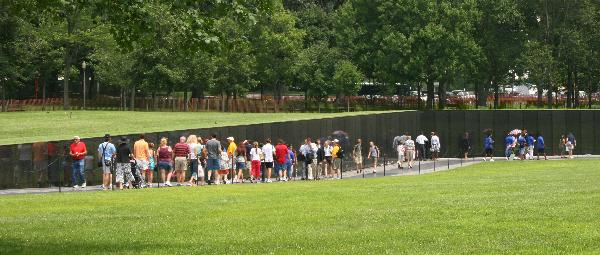
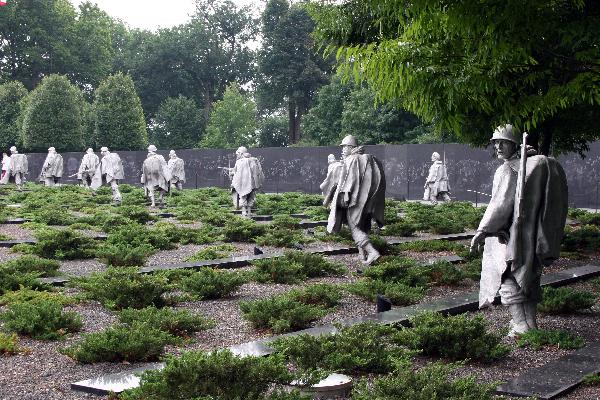 The Vietnam Veterans Memorial changed that line of thinking, reflecting a more populist historical vision. In its wake, America honored Korean War veterans in 1995 and World War II veterans in 2004 with their own tributes on the Mall.
The Vietnam Veterans Memorial changed that line of thinking, reflecting a more populist historical vision. In its wake, America honored Korean War veterans in 1995 and World War II veterans in 2004 with their own tributes on the Mall.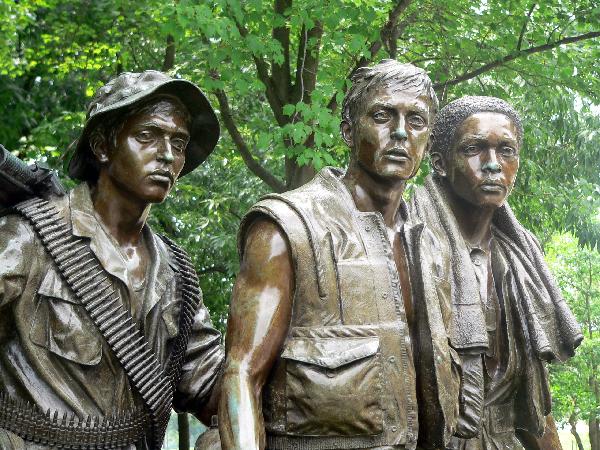 These two Memorials are located on the western edge of the National Mall, just south of a dense conglomeration of federal offices. The more adventurous (or masochistic) tourist could find a metered street parking space among this mess of barricaded one-ways streets, diplomat-only meters and tricky diagonal intersections. We do not recommend it.
These two Memorials are located on the western edge of the National Mall, just south of a dense conglomeration of federal offices. The more adventurous (or masochistic) tourist could find a metered street parking space among this mess of barricaded one-ways streets, diplomat-only meters and tricky diagonal intersections. We do not recommend it.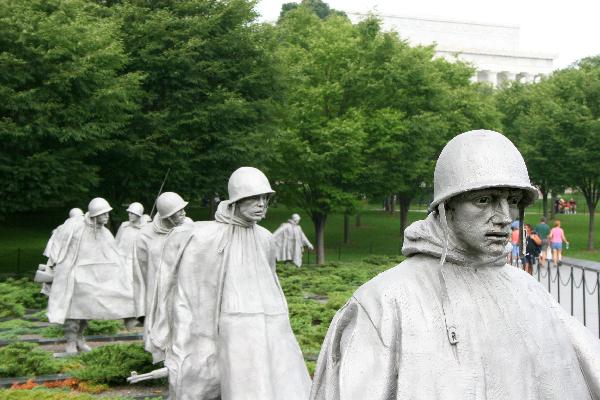 FUN (5/10)
FUN (5/10)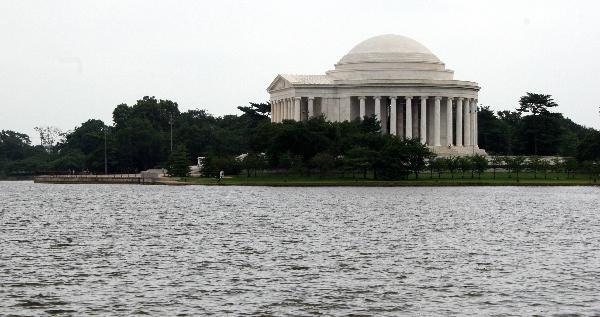
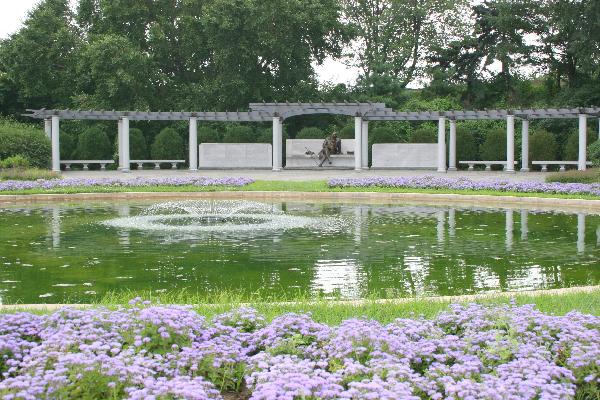 CROWDS (6/10)
CROWDS (6/10)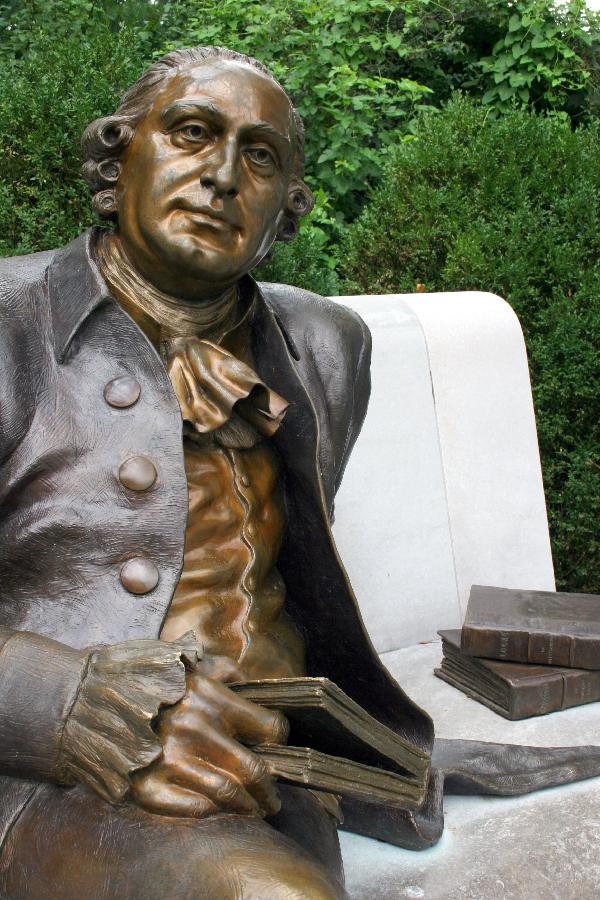 CONCESSIONS/BOOKSTORE (3/5)
CONCESSIONS/BOOKSTORE (3/5)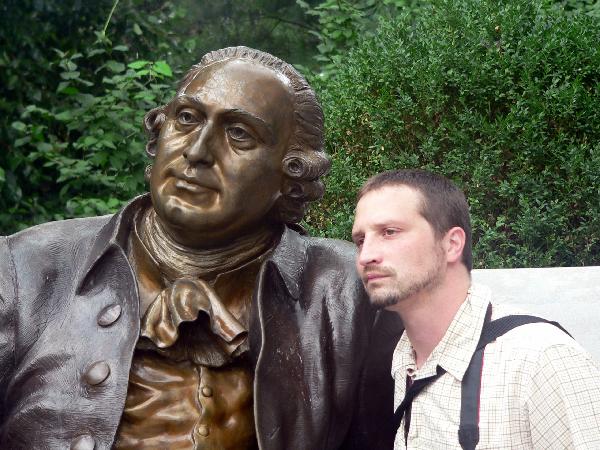 WOULD WE RECOMMEND? (6/10)
WOULD WE RECOMMEND? (6/10)